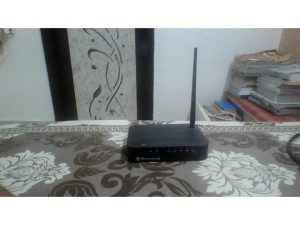Today’s calculators are incredible achievements if one thinks about them. Many of the people who grew up in the 1960s and 1970s remember the thrill of seeing and then owning one of these incredible devices. It was like owning a piece of the future for them, especially since these incredible machines weren’t even around when the first men walked on the moon in 1969.The first electronic calculators were large desk-top electric models that debuted in the 1960s. They went through three stages during this decade before achieving true portability. To begin with, transistors were used in the early 1960s. Following that, combination transistorized models with a few relatively primitive Integrated Circuits (ICs) appeared, and finally, units with only ICs were introduced. What was going on at the time was that the IC was evolving and becoming more powerful, requiring fewer and fewer transistors to drive a math calculator.
Evolution of math calculator
- The drive to make calculators smaller and smaller didn’t stop at portability. As everybody knows, today’s calculators, like watches, are almost too small to be used easily by the large (and sometimes clumsy) fingers. That, however, is getting ahead of the story. The true turning point came when calculators were small enough to fit in the pocket — and by pocket, an average shirt pocket rather than an oversize coat pocket. The race for smaller sizes was quick after Sharp and other companies pioneered portable models.
- Liquid crystals were another 1960s invention that, by the end of the decade, had been nearly perfected for use in pocket calculators. Their incredible applications are still being developed today, such as in ever-more sophisticated computers, televisions, and other types of electronics.
- By today’s standards, these displays were odd: lighter-colored figures on darker backgrounds (the polar opposite of today’s LCD calculators). While popular, there were too many engineering and manufacturing issues to quickly adapt this type of LCD technology into the ever-smaller pocket-size units that were also rapidly developing at the same time.
Conclusion
Even if they don’t use all of the features, most children will need a math calculator for school use beyond junior high. This is especially true in math and science classes, and the school or teacher may have specific recommendations. Most scientific calculators now use a formula logic, in which the user enters the mathematical expression on one line, in a textbook-like format, and the answer appears on a second line.






